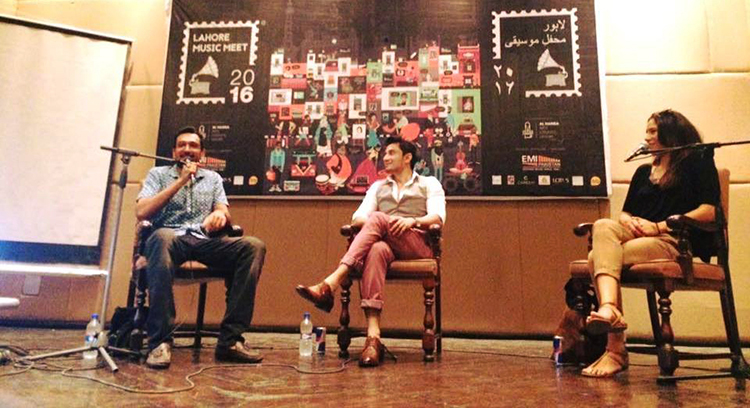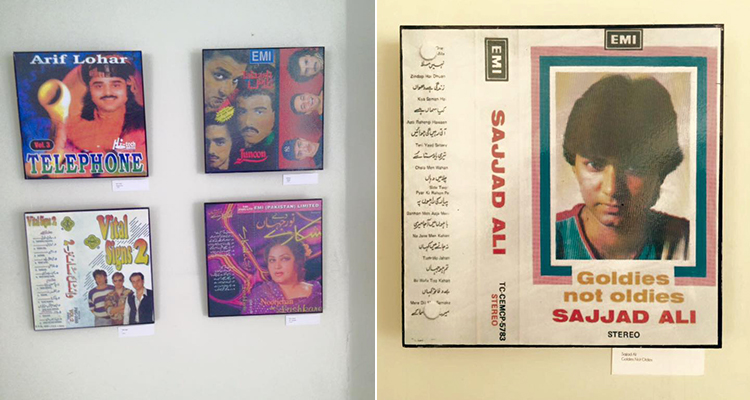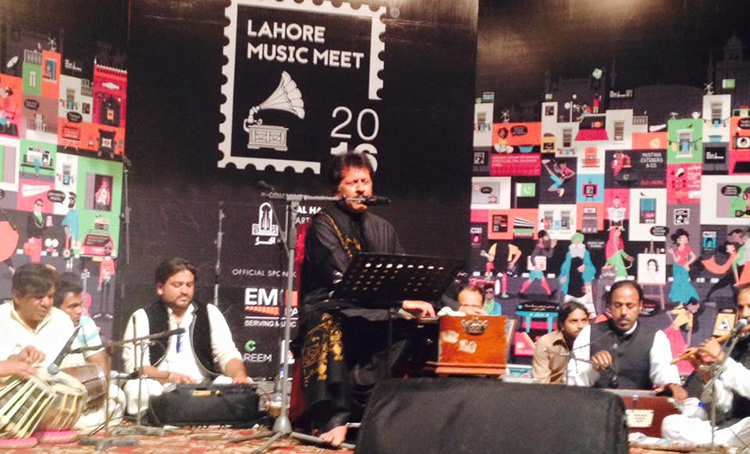Written by: Momina Mindeel
Posted on: April 04, 2016 | 
Mai Dhai performing 'Koyal Shor Machaway'
The central lawn featured live outdoor performances throughout the major portion of both the event days. Although the outdoor performances served as the glue that kept the entire event in place, their unrestricted timings disrupted a number of talks being held simultaneously in the adjacent halls. The event, nonetheless, was one of its kind, and succeeded in attracting a colossal number of music lovers from all over the country.

The first day of the LMM featured several talks on classical and electronic music, band dynamics, and the impact of contemporary radio. However, the live evening performance by Mai Dhai – a classical folk singer hailing from Tharparkar – headlined the day in entirety. Haroon, Ali Sethi, Tina Sani, the Mekaal Hasan Band and Noori were enough to keep the crowd glued to their seats throughout all the sessions, as the major fraction of the audience comprised college and university students.
The art gallery, situated adjacent to the central lawn, showcased a curated collection of album artworks of various Pakistani musicians from different decades. The exhibition was titled “Music to my Eyes”, and was curated by Karachi-based illustrators Samya Arif and Sana Nasir, and the photographer Humayun Memon. The description of the collection stated rather clearly that it was “not just a walk through memory lane, but a look at the evolutionary process of the music-based art from vinyls through cassettes and CDs, all the way to how musicians use artwork to promote music on current social media” (from the 1960s to the present year). Unfortunately, despite the unique idea, the gallery – unlike the halls and central lawn – did not have a large attendance.

The second day was all about concert management, western harmonies, the evolution of music in Pakistan, and more outdoor performances. Zoe Viccaji, Naseer and Shahab and Takatak gave some remarkable performances, complemented by surprisingly pleasant weather in Lahore that day.
The session “You can’t be Serious: Satirical Music in Pakistan”, moderated by Ali Raza, a professor of History at LUMS, brought to surface the frequent problems faced by our satirists. Ali Gul Pir and Mooroo kept the audience thoroughly amused with their witty and sarcastic humour. The talk formally began when Ali Gul Pir started narrating his early childhood memories of when people would stare at his mother whenever they went out for shopping, and how this reprehensible phenomenon, rather common among Pakistani men, served as an inspiration for his song Taroo Maroo. Throughout the talk, he kept asserting that his music is purely satirical, and hence should not taken in offense. He, along with Mooro, threw light on the lack of satirical music in Pakistan, due to which their work has incited a lot of opposition from the public. Ali Gul Pir confessed that he had actually received life threats due to the eccentric nature of the lyrical content in his songs, but this would not stop him from pursuing his artistic talents.
The musical extravaganza concluded with a heart-warming performance by Attaullah Khan Esakhelvi, the legendary folk musician.

The Lahore Music Meet is not merely a musical celebration, but a festival aimed at developing a strong musical affinity that would pave the way for future artists and collaborators in the country, and even more importantly, for a much-needed renaissance in Pakistani music.
All images have been taken from the ‘Lahore Music Meet’ Facebook page.
You may also like: